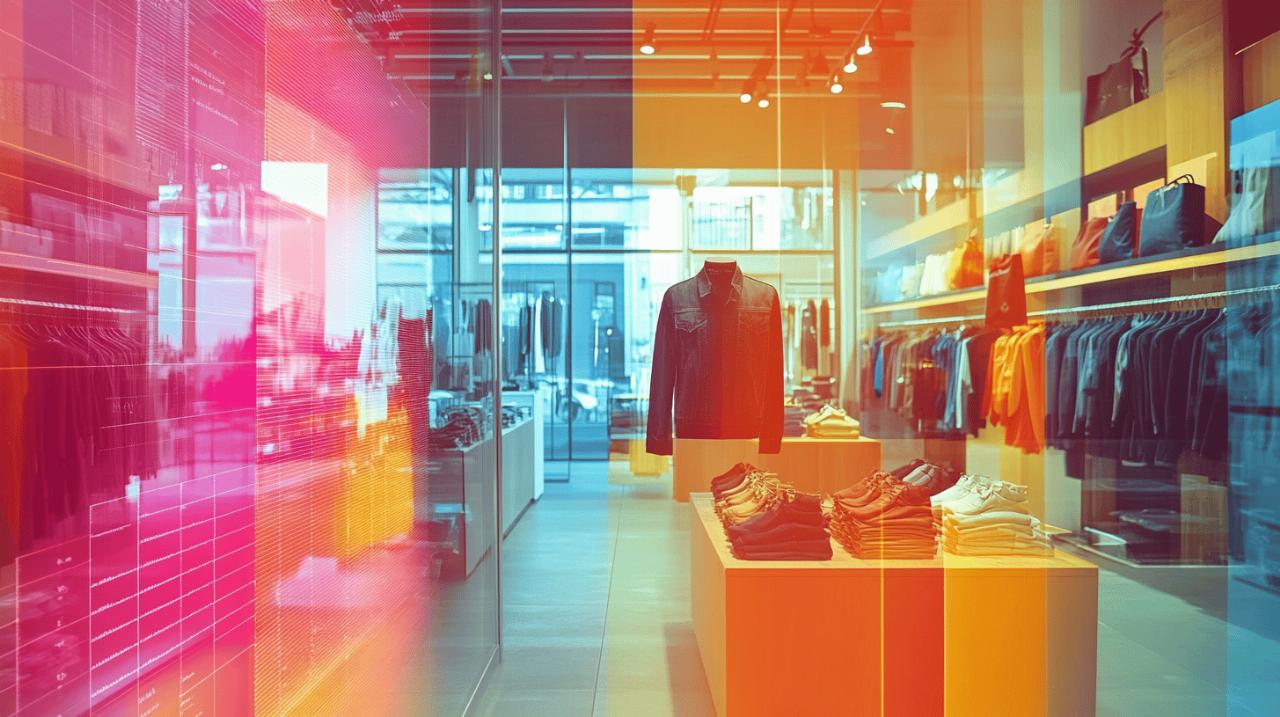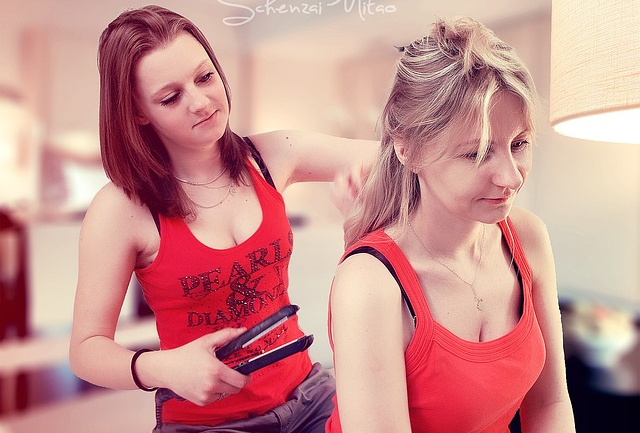Boosting conversion rates is a critical goal for any B2C store looking to maximize revenue and growth. Heat maps offer a powerful way to visualize user behavior on your website, providing insights that can lead to significant improvements in how visitors interact with your store. By analyzing these visual representations of user activity, businesses can make data-driven decisions to enhance the customer journey and ultimately drive more sales.
Understanding heat map analysis for b2c stores
Heat map analysis represents a crucial tool in the e-commerce optimization toolkit, allowing store owners to see exactly how users engage with their websites. These graphical representations use color-coding to highlight areas of high and low engagement, giving you a clear picture of what captures attention and what gets ignored. With B2C conversion rates typically ranging between 2% and 5% across industries, and an average of about 2.1%, every insight gained from heat maps can contribute to pushing your store above these benchmarks.
Types of heat maps and their specific applications
Different types of heat maps serve unique purposes in understanding user behavior. Click maps show exactly where users are clicking, helping identify if your CTAs are performing effectively. Scroll maps reveal how far down your pages visitors are willing to scroll, which is vital for knowing where to place key content. Mouse-movement maps track cursor movement to indicate areas of interest, while link maps specifically show which links receive attention. Eye-tracking heat maps can increase conversion in B2C online stores by revealing exactly where visual attention goes on your pages. Each type serves a specific role in your user experience (UX) analysis, and you can learn more about their implementation on puntolog.com where detailed case studies demonstrate their effectiveness in different e-commerce scenarios.
Interpreting heat map data to identify conversion barriers
The true value of heat maps lies in your ability to interpret the data they provide. When analyzing heat map results, look for patterns that indicate potential conversion barriers. For instance, if your click map shows users repeatedly clicking on non-clickable elements, this signals confusion in your interface design. Similarly, if scroll maps reveal users abandoning the page before reaching important information or CTAs, you may need to restructure your content hierarchy. Heat maps can also help identify if your mobile commerce experience differs from desktop, which is crucial considering that by 2025, over 10% of retail sales in the United States are expected to be generated via mobile commerce. For successful interpretation, establish clear goals before analysis and consider combining heat map insights with traditional analytics for a complete picture of user behavior.
Practical heat map strategies to enhance conversion rates
B2C e-commerce stores face the ongoing challenge of converting visitors into customers, with average conversion rates hovering around 2.1%. Heat mapping technology offers powerful insights into user behavior that can transform your optimization strategy. By visualizing exactly how users interact with your online store, you can make data-driven decisions that boost conversion rates beyond industry benchmarks.
Heat maps use color-coding to represent high and low engagement areas, creating visual patterns that reveal what attracts customer attention and what gets ignored. From food and beverage stores averaging 3.1% conversion to luxury apparel at 0.8%, every B2C segment can benefit from these visual insights to improve performance metrics like bounce rate, click-through rate, and cart abandonment.
Optimizing product page layouts based on user interaction patterns
Product pages represent critical conversion points where customer decisions are made. Heat map analysis reveals exactly which elements capture attention and drive action:
Start by analyzing mouse-movement heat maps to understand where visitors naturally focus their attention. This data helps position high-value content and product information in these engagement hotspots. Studies show high-quality images and videos significantly influence purchase decisions – heat maps can verify if these elements are receiving appropriate attention.
Click maps expose which product features, specifications, or images generate the most interaction. This intelligence allows you to emphasize popular elements while reworking or relocating underperforming components. For instance, HubSpot research demonstrated red CTAs outperformed green ones by 21% – heat maps can validate if your specific color choices drive similar results.
Scroll maps identify exactly where user engagement drops off, helping determine the optimal length and arrangement of product descriptions, reviews, and related items. Many B2C sites make the mistake of placing critical conversion elements below the natural scroll cutoff point where fewer customers venture.
By examining heat map data alongside traditional analytics, you can create a comprehensive optimization strategy for product pages. Implement A/B testing based on heat map findings to verify improvements, focusing on changes that enhance the user experience and simplify the path to purchase.
Refining checkout processes through click path analysis
Cart abandonment represents a significant revenue loss for B2C stores. Heat map click path analysis provides visual insights into where customers exit during checkout:
Set up sequential heat maps to track the entire checkout journey, identifying friction points where users hesitate or abandon. Focus on high-traffic pages within your checkout flow and analyze where clicks concentrate or disperse unnaturally.
Analyze form field interactions to spot problematic fields that cause frustration or confusion. Heat maps often reveal fields requiring excessive clicks or corrections that lead to abandonment. Simplifying checkout forms based on this data can significantly improve completion rates.
Study the effectiveness of progress bars and step indicators through scroll and click maps. Users appreciate knowing where they stand in the checkout process, and heat maps show if your current implementation provides adequate guidance.
Guest checkout options consistently drive higher conversion rates across B2C sectors. Heat maps can validate whether your guest checkout option receives appropriate visibility and engagement compared to account creation options.
Mobile commerce is projected to represent over 10% of US retail sales by 2025. Use mobile-specific heat maps to ensure your checkout process performs equally well across all devices, especially considering 85% of global consumers now shop online.
Implementing these heat map strategies requires selecting the right tools for your business needs. Popular options include Lucky Orange, HotJar, Clicktale, Mouseflow, and VWO Insights. Remember to establish clear goals before beginning analysis and focus on gathering sufficient data before making significant changes.
By transforming complex user behavior data into actionable visual insights, heat maps empower B2C stores to make confident optimization decisions that enhance conversion rates across the entire customer journey.





